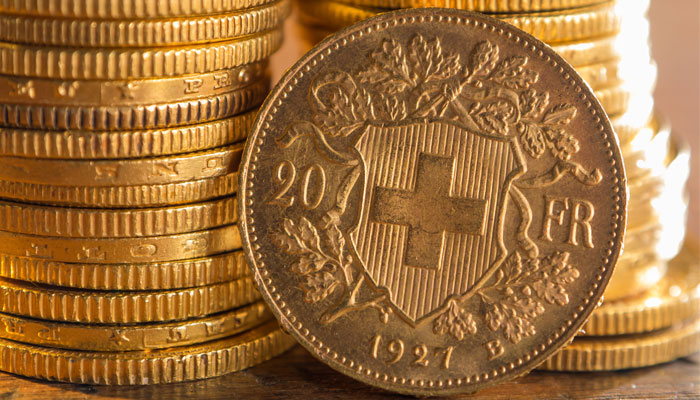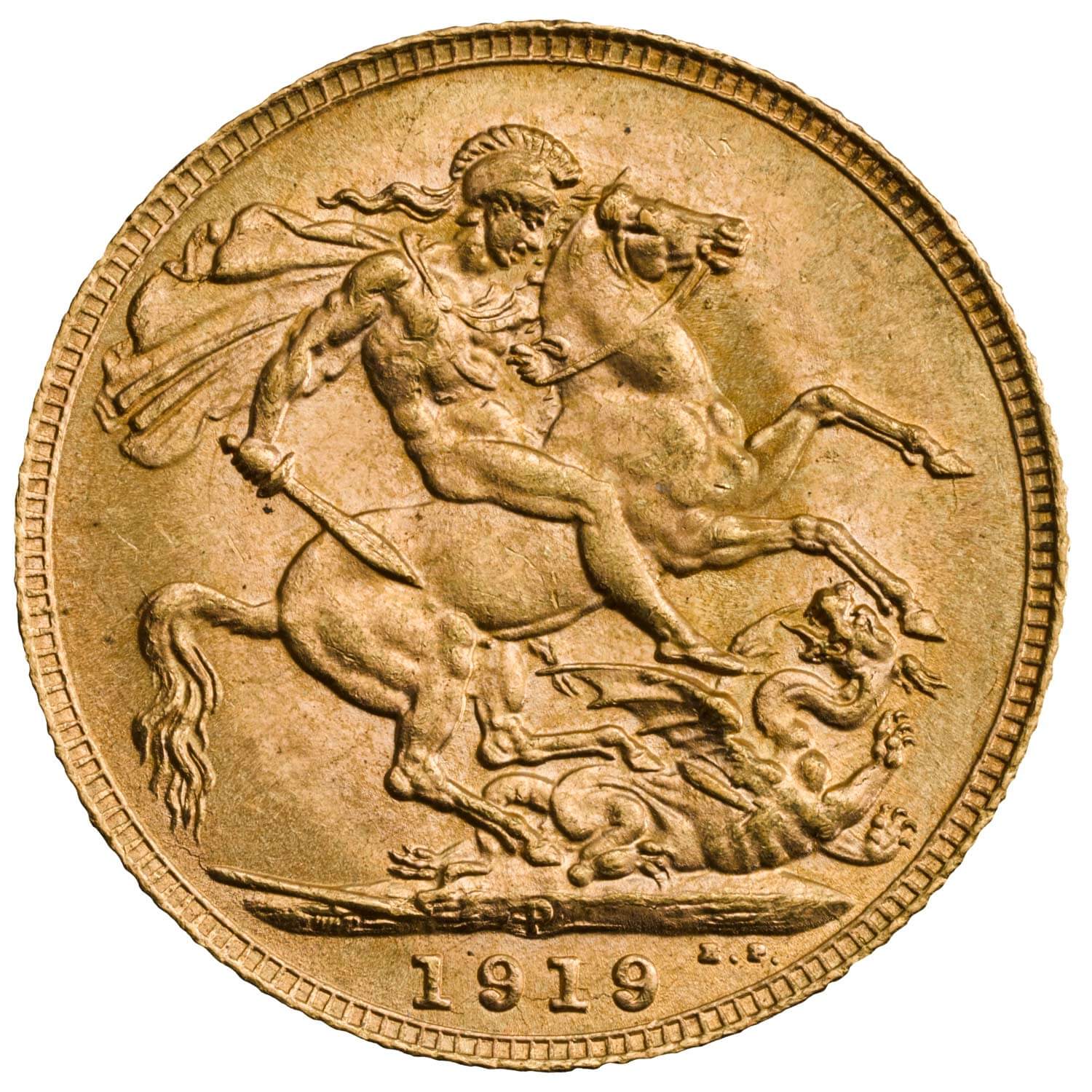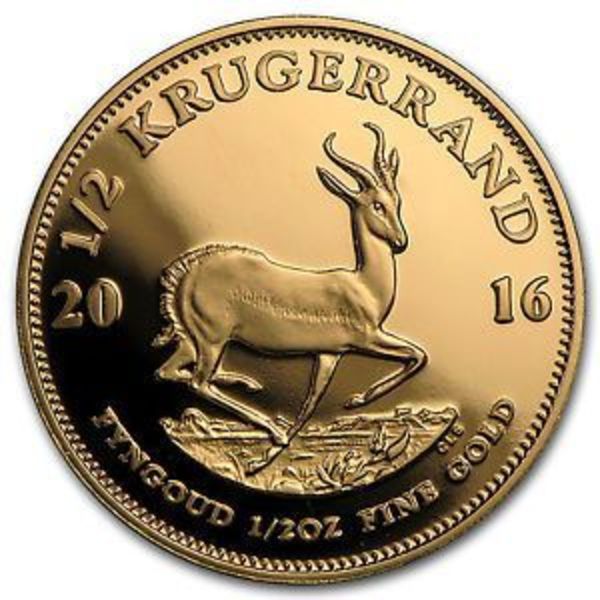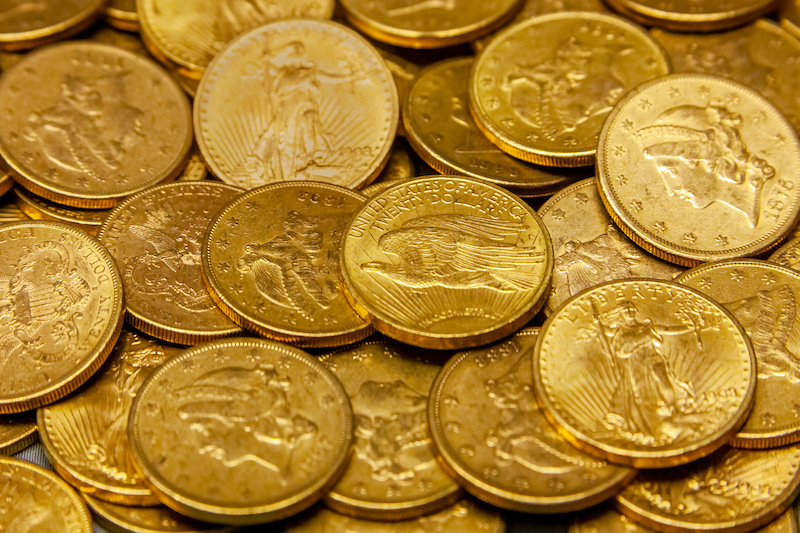Before the Euro became the common currency, Europe had an earlier attempt at economic standardization: the gold coins of the Latin Monetary Union (LMU).
The LMU sought to standardize the gold and silver coins in the 19th century for trade among European nations and helped to play a huge role in flourishing the economy until the outbreak of the first World War.
Origins and Purpose of the Latin Monetary Union
The Latin Monetary Union was formed by treaty in 1865 between France, Belgium, Italy, and Switzerland. Other countries like Austria, Greece, Spain joined later. The union created a uniform monetary system that used a combined gold and silver standard, which was based on the French Franc.
The fixed gold-to-silver ratio was set at 15.5 to 1. The Franc was standardized with 1 LMU Franc representing 4.5 grams of fine silver or 0.290322 grams of fine gold. This allowed members to issue coins in their local currency that adhered to the standards.
Popular Latin Monetary Union Gold Coins
Coins from the Latin Monetary Union are sought after by collectors and investors alike for their intrinsic value and historical significance.
The coins that are most widely available include the French Gold Rooster, the Swiss Helvetia, and the Austrian Gold Florin.
- The French Gold Rooster was minted between 1899 and 1914 and features the Gaelic rooster on the reverse. While the obverse shows the profile of Marianne, a personification of the French Republic. Struck in 22-karat, the French 20 Francs Gold Rooster contains 0.1867 troy ounces of pure gold.
- The Swiss Helvetia, also known as Vreneli, were minted by Switzerland. These coins were issued between 1897 and 1949 and feature the bust of a young woman representing Helvetia, the female national personification of Switzerland.
- The Austrian Gold 8 Florin was known for its elegant design and carried a dual currency designation, displaying its face value in both the local currency and Gold Francs.
A variety of the countries carried both the local currency name and the equivalent value in Gold Francs allowing the coins to be used interchangeably across borders.
Why Investors prize 20 Francs Gold Coins
Today, investors buy 20 Francs coins for their Gold Content. The precise gold content of LMU coins makes them desirable as a hedge against inflation and economic instability. These coins usually have a lower premium per ounce compared to modern bullion issues, making them a practical choice for buying incrementally.
Dealer’s generally offer a choice of buying coins from specific countries and from a random selection. Depending on market conditions, the most common include the French Napoleon III and the Swiss 20 Francs.




